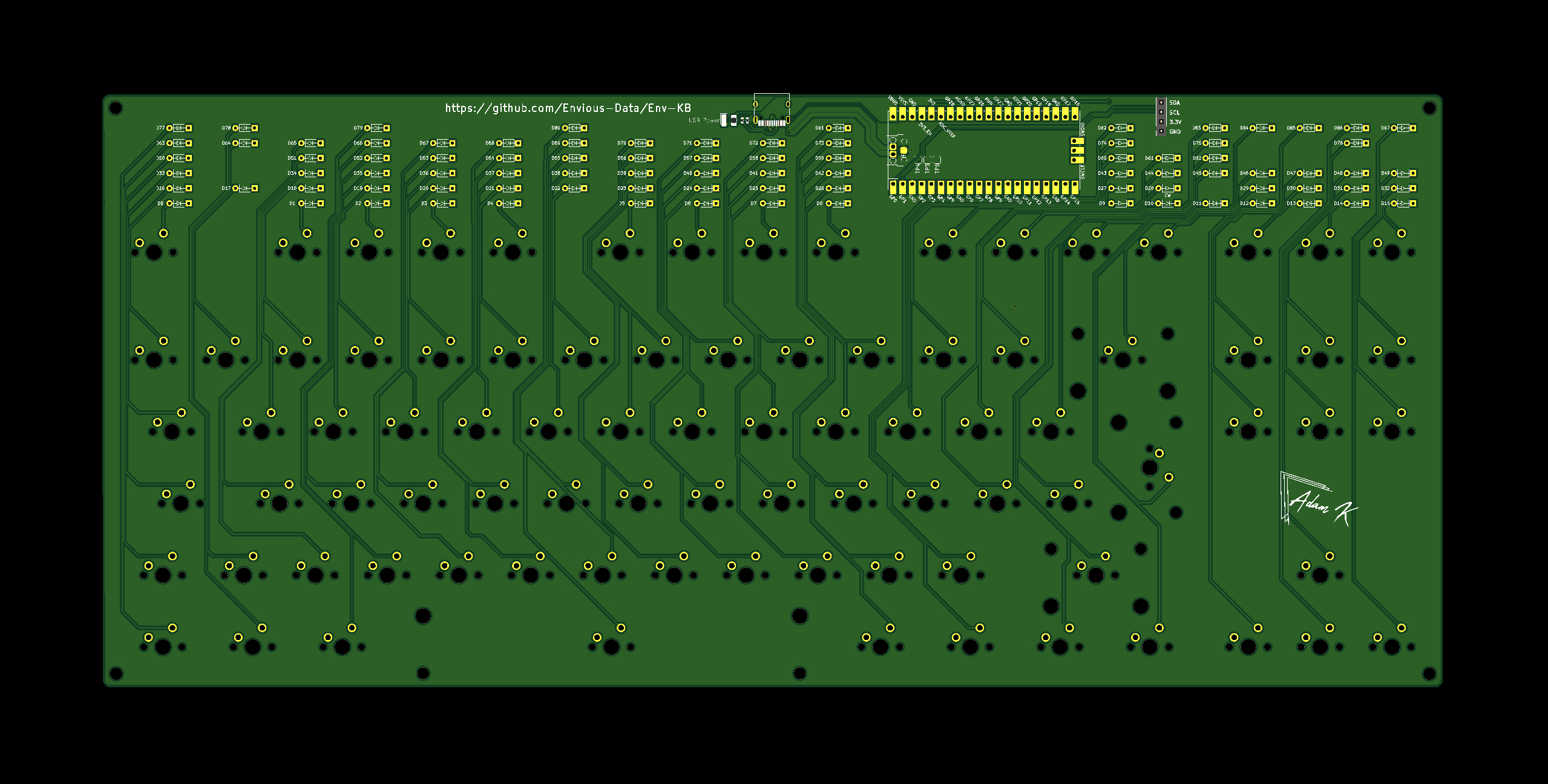Raspberry Pi Pico Keyboard Features Mechanical Keys
We've been fans of Raspberry Pi keyboards long before the launch of the Raspberry Pi 400, but this Pico-powered keyboard, known as Env-KB, is the Pi-based keyboard we never knew we needed! It was designed entirely from scratch by a maker named Adam K from Envious Media.
According to Adam, the project was inspired by the CFTKB Mysterium kit. The best Raspberry Pi projects feature mechanical keys for keyboards or keypads and this Pico build is no exception.

It uses HK Gaming 9009 keycaps along with Gateron Brown switches. All of the code used in this project was created by Adam using Python and flashed to the Pico which is installed on a custom PCB.
After the positive reception of his design, Adam indicated he may be willing to sell a few kits in the future with the remaining PCBs.
If you want to check out this project in detail, visit the Env-KB official GitHub page. There are already plans in the works to release revised editions with changes in things like key spacing. Be sure to follow Envious Media for more updates on this awesome Pico-powered keyboard.
Get Tom's Hardware's best news and in-depth reviews, straight to your inbox.

Ash Hill is a contributing writer for Tom's Hardware with a wealth of experience in the hobby electronics, 3D printing and PCs. She manages the Pi projects of the month and much of our daily Raspberry Pi reporting while also finding the best coupons and deals on all tech.
-
Findecanor It was only a matter of time before someone in the DIY mechanical keyboard community made the first mechanical keyboard with the Pico. I think people have been awaiting support from existing open source firmwares though.Reply
There have been many keyboards PCBs designed for other microcontroller boards, such as Pro Micro, Teensy, Blue Pill and others. With a separate MCU board, you'd get an inexpensive keyboard with only through-hole components, that most builders could assemble themselves with only a soldering iron.
Having diodes in banks at the top is bit of a trend right now . It's so that there will be no exposed pad in-between the key switches on the PCB, as that portion does not have a covering plate.
It is common to cover the diode bank and MCU board with a piece of acrylic though, to protect against shorts.